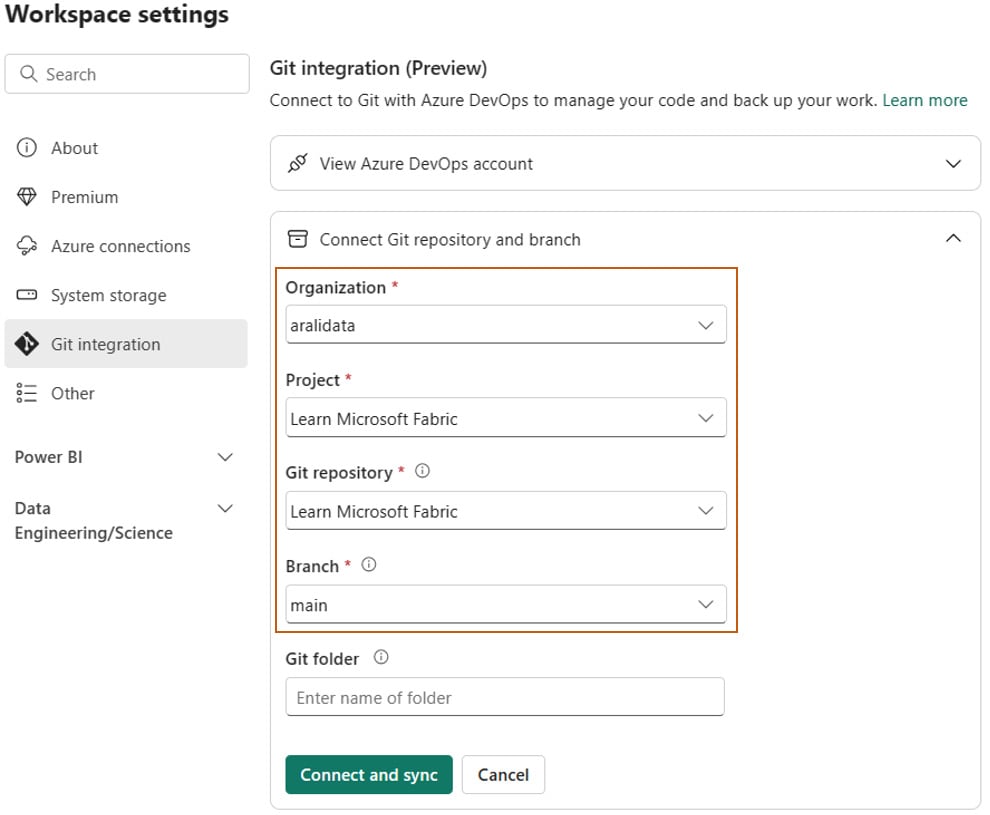Continuous Integration and Continuous Deployment (CI/CD)
Continuous integration (CI) is a part of the DevOps process that allows you to automate the building and testing of code every time a team member commits and approves a code change to source code version control such as a GitHub repository. On the other hand, continuous deployment (CD) is the process of building, testing, configuring, and deploying code items/artifacts from the lower environment (such as development) to higher environments (such as test or production). In this chapter, we will learn about application lifecycle management (ALM) or DevOps processes support in Fabric and implement CI/CD to move our code items from lower environments to higher environments. When combined, this provides an effective and robust process for delivering new changes, features, or bug fixes quicker to your end users.
Specifically, we will cover the following topics:
- Understanding the end-to-end flow
- Connecting to a Git repo...









